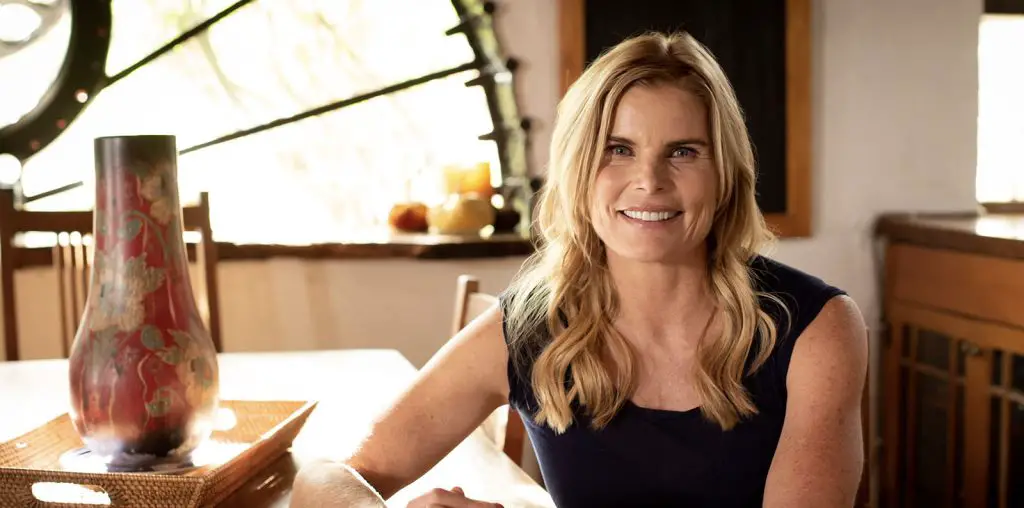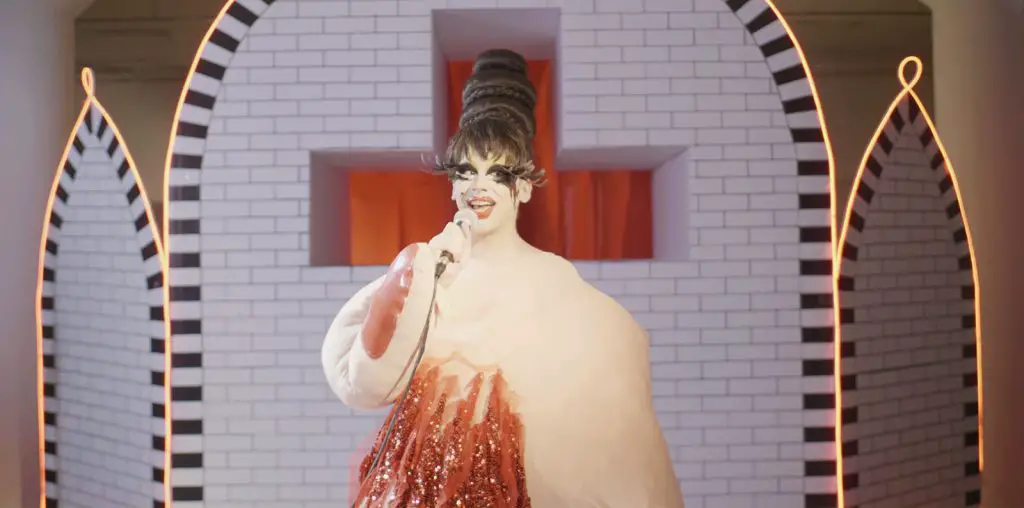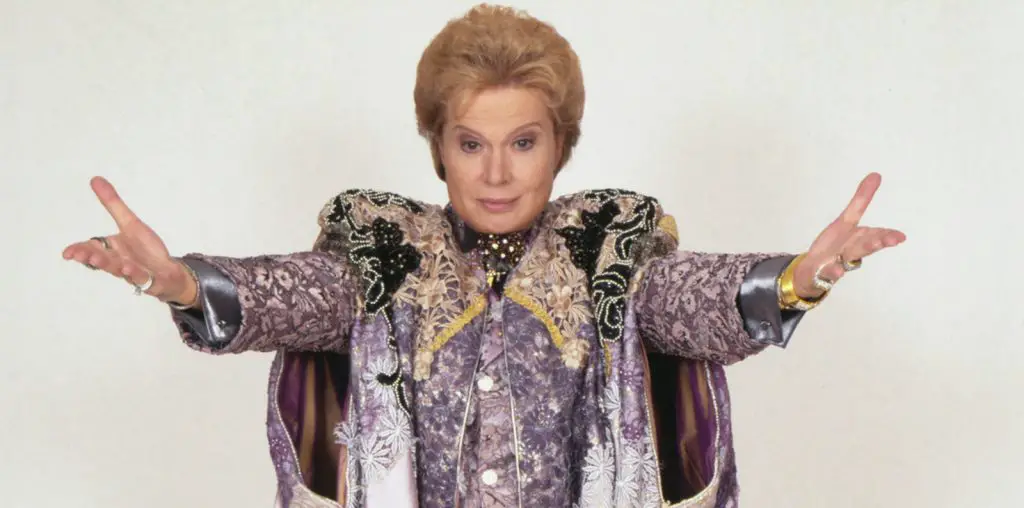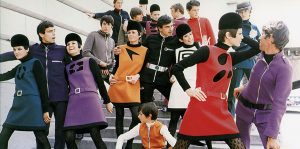
An effusive celebration of creative drive and longevity, House of Cardin documents Pierre Cardin with the revelatory depth of a fashion catalogue, yet is just as stunning to look at. Perhaps that’s intentional. It might even be an artistic choice by directors P. David Ebersole and Todd Hughes to glide over the surface of one of fashion’s most iconic personalities. We learn of Cardin’s Italian roots, his journey to Paris, and incredible luck in landing amongst the greats of haute couture. We see his rise, hear his recollections, as well as those of others, and all of it is captivating, no mistake. House of Cardin establishes its patriarch as a creative force majeure then proves the point again and again with a life filled with remarkable innovation, good fortune, and success, but it stays far away from any real peek into the adversities that may have informed his work.
Landing in Paris in 1945, Cardin begins networking with fashion greats. Bérard, Cocteau, Jean Marais, Visconti, and Pasolini were among his peers, and soon Cardin becomes head tailor for Christian Dior. Not long after, Cardin opens his own house of fashion with Dior’s blessings and is soon bucking the conventional trends that existed before him. He was the first to propose creating “ready to wear” clothes for the masses. He was the first to really push fashion design for men. With other designers later stealing his ideas as their own (Yves Saint Laurent we are looking at you), it becomes clear that the doc is painting Cardin as a futurist. One whose ideas and innovations only grow in depth and popularity as time goes on.
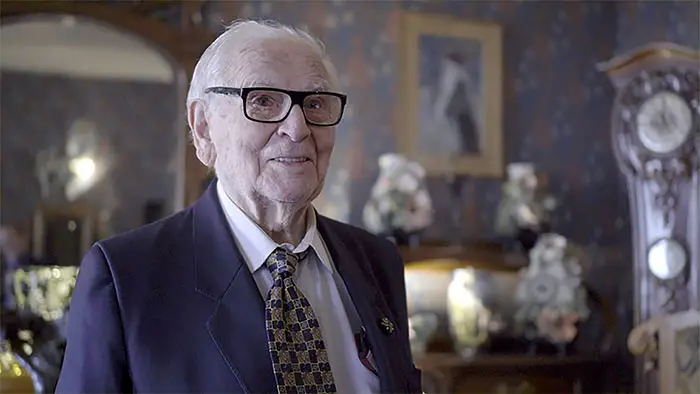
“…his journey to Paris, and incredible luck in landing amongst the greats of haute couture.”
Constructed from interviews with Cardin himself, his friends, and long-time admirers, we are witness to a life well lived and a creative titan in multiple mediums. Connecting the interviews and stock footage are utterly brilliant animations and title designs by Syd Garon, Anton Goddard, and Chris Kirk. Their interstitial pieces retain the Cardin look while never overshadowing the narrative. Coupled with the nimble editing of Brad Comfort and Mel Mel Sukekawa Mooring, we have connective tissue that is indispensable.
Ebersole and Hughes seem to have been given unprecedented access to one of the great designers of our time, and they stay reserved in what they cover. At a certain point in House of Cardin, we do get into Cardin’s two major romances, one with actress Jean Moreau, the other with fashion designer Andre Oliver. To his full credit Cardin, when interviewed at the time, made no secret of his fluid orientation. It is in those archive interviews, along with the tragic death of Oliver from AIDS, that we seem to get the unguarded Cardin. As a viewer, I wanted more of that.
In the end, House of Cardin is a solid, encyclopedic documentary of one of the greatest designers of our time. He deserves to be celebrated, no question there. But this doc wants to inform rather than reveal, to celebrate rather than investigate. C’est la vie.
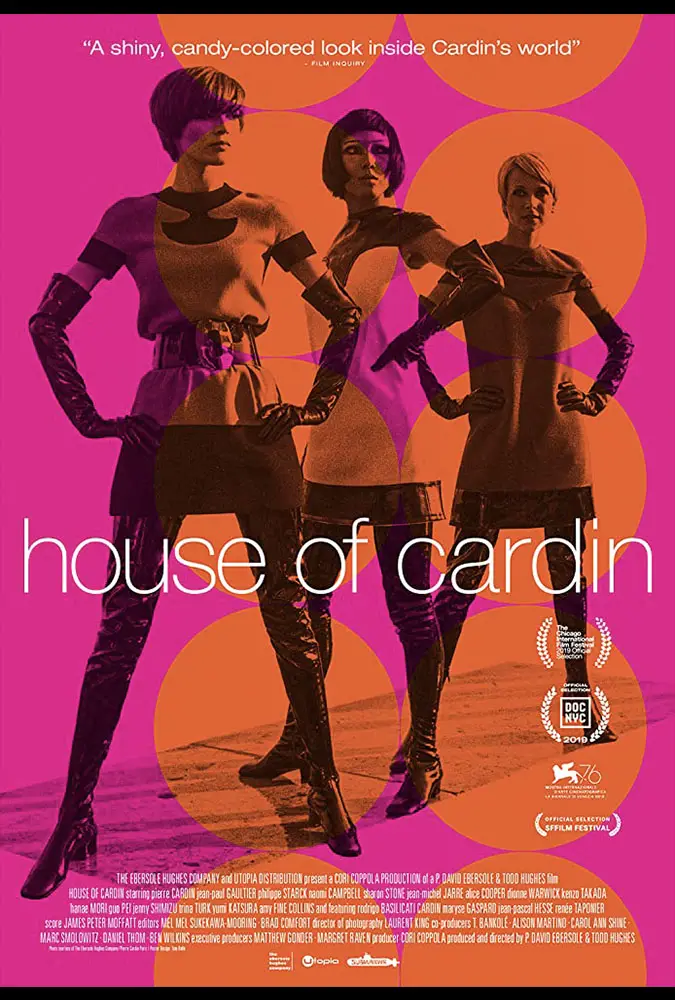
"…[Cardin] deserves to be celebrated, no question there."
